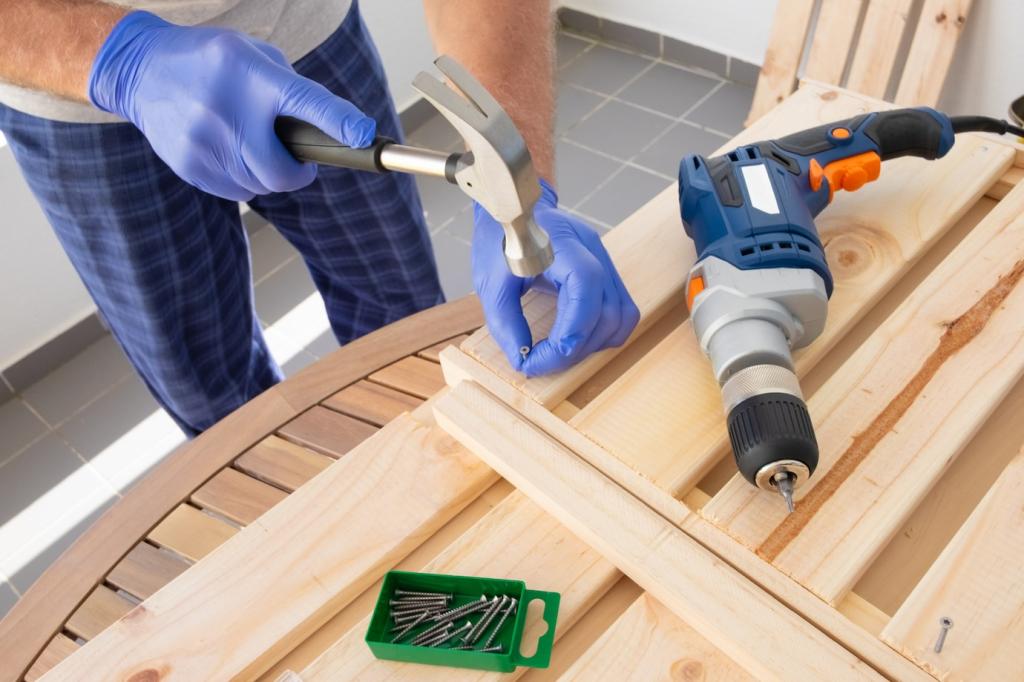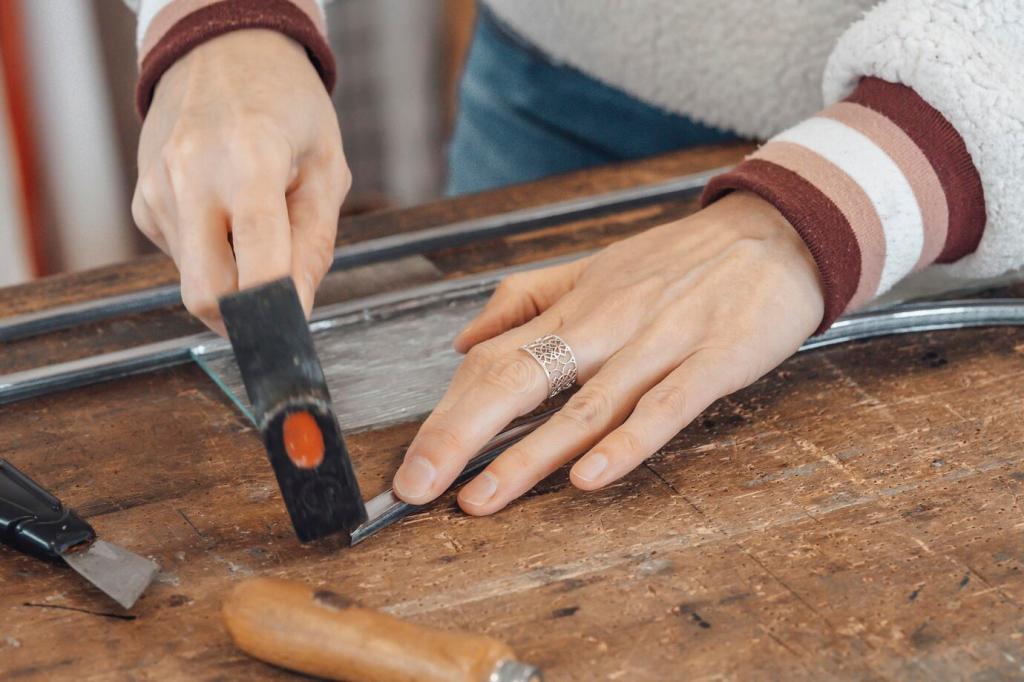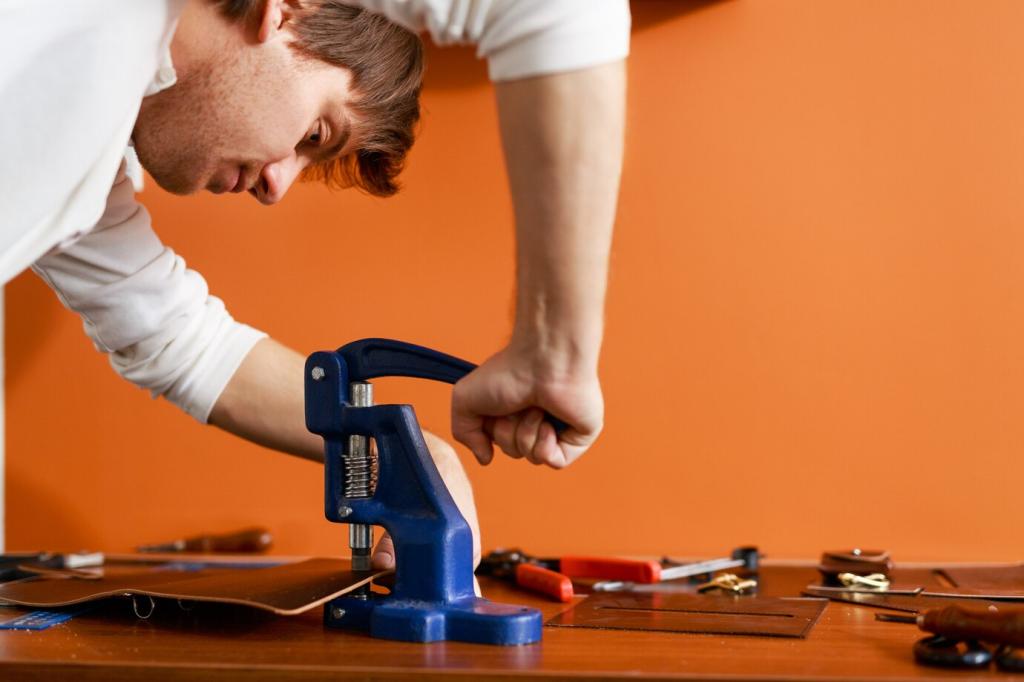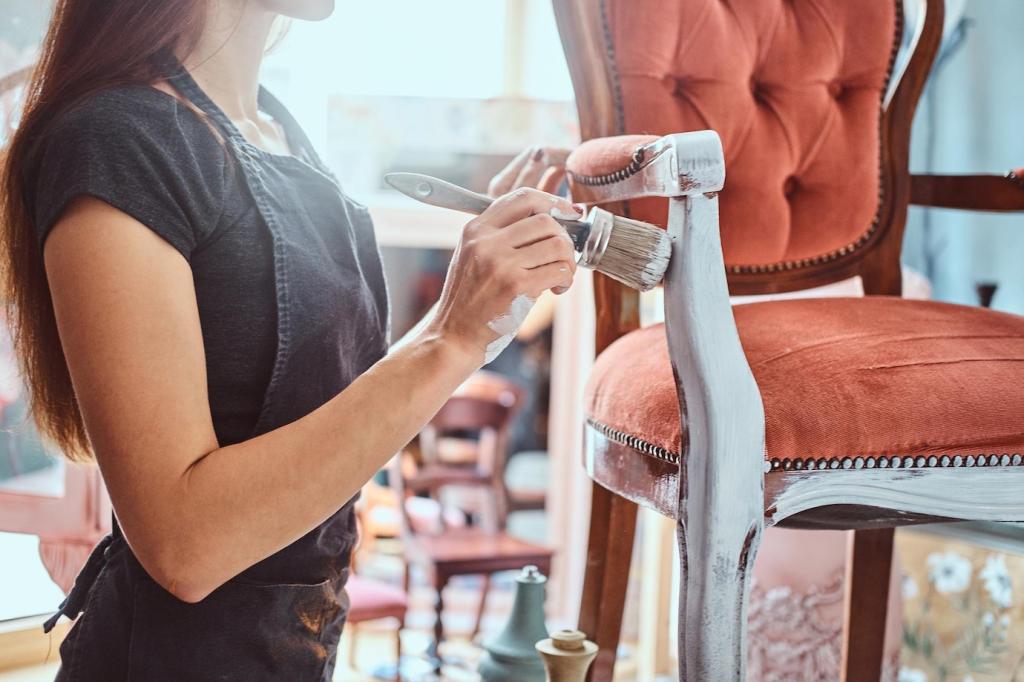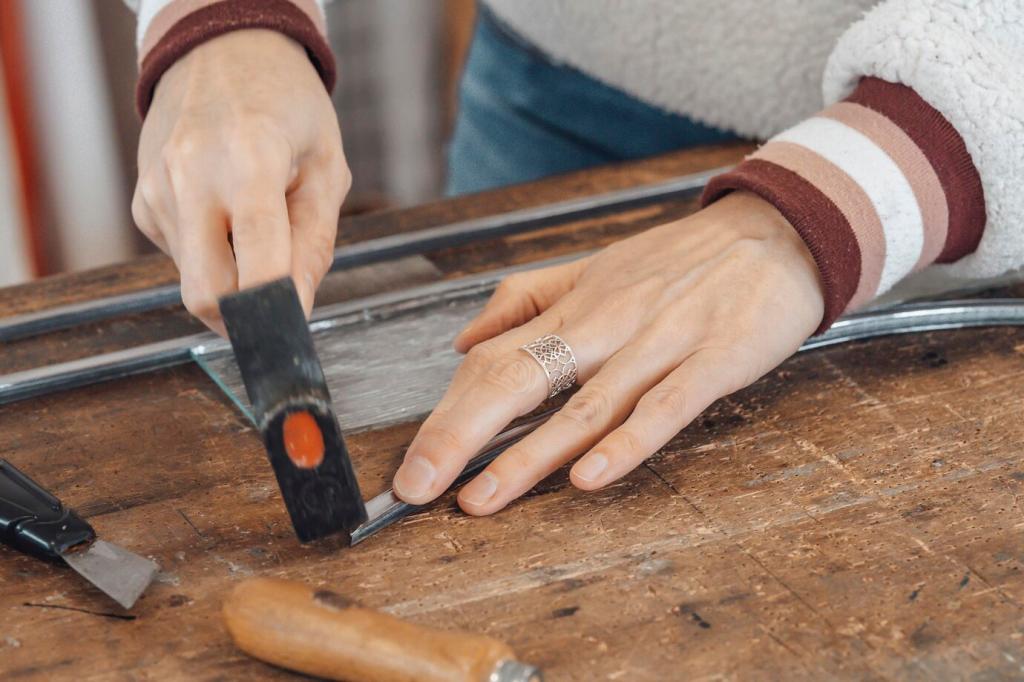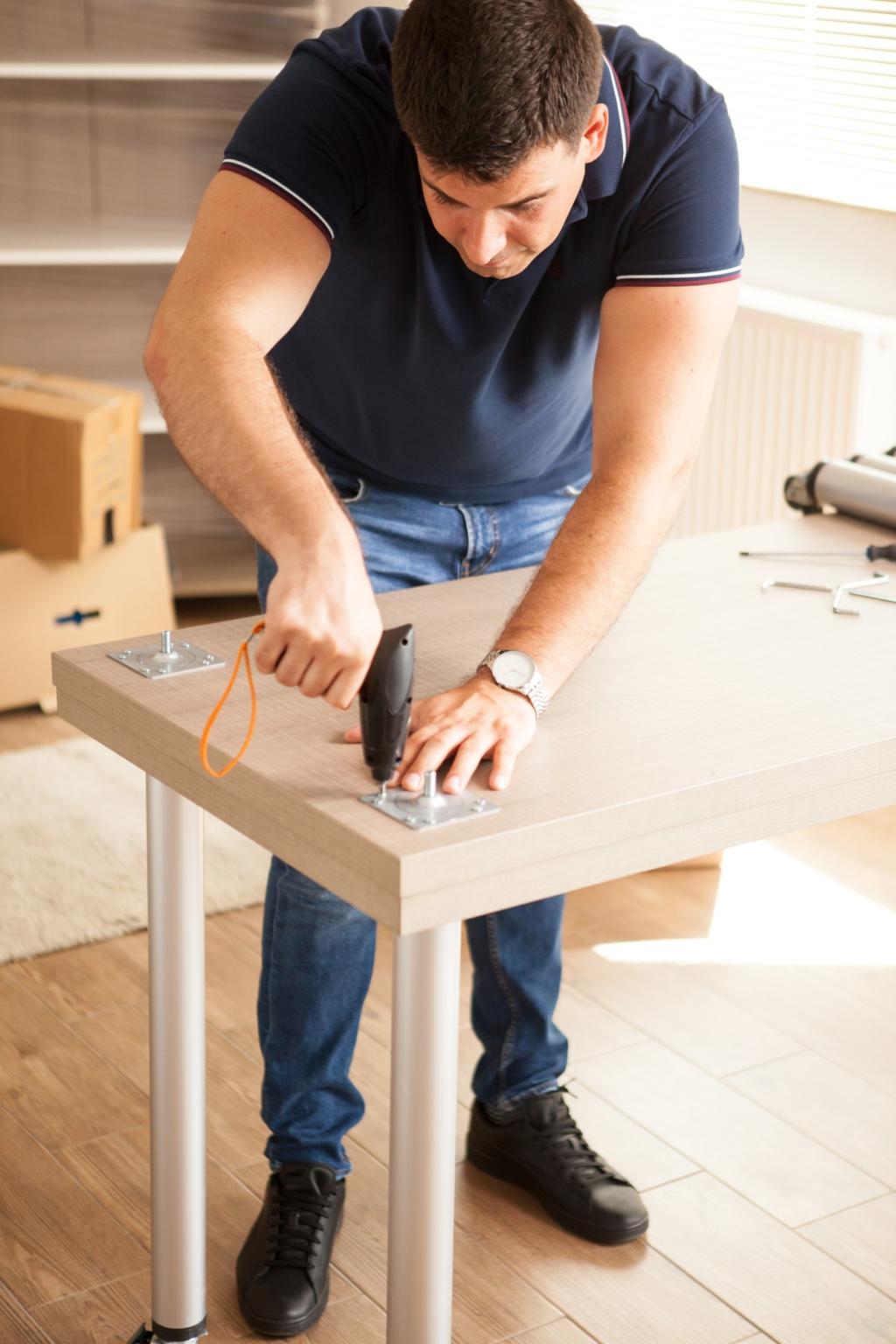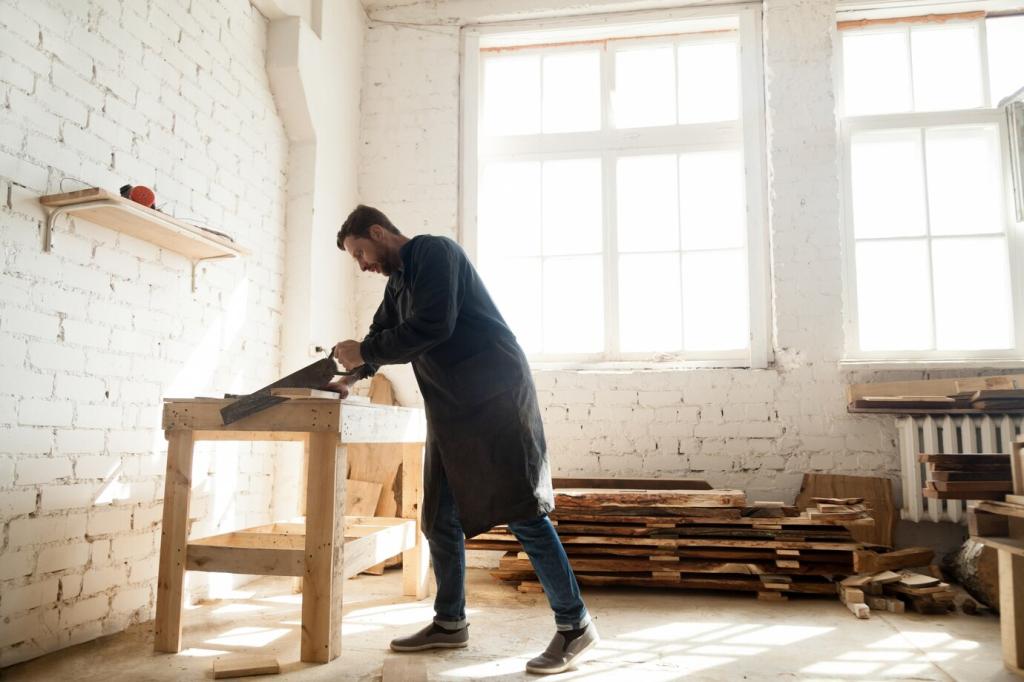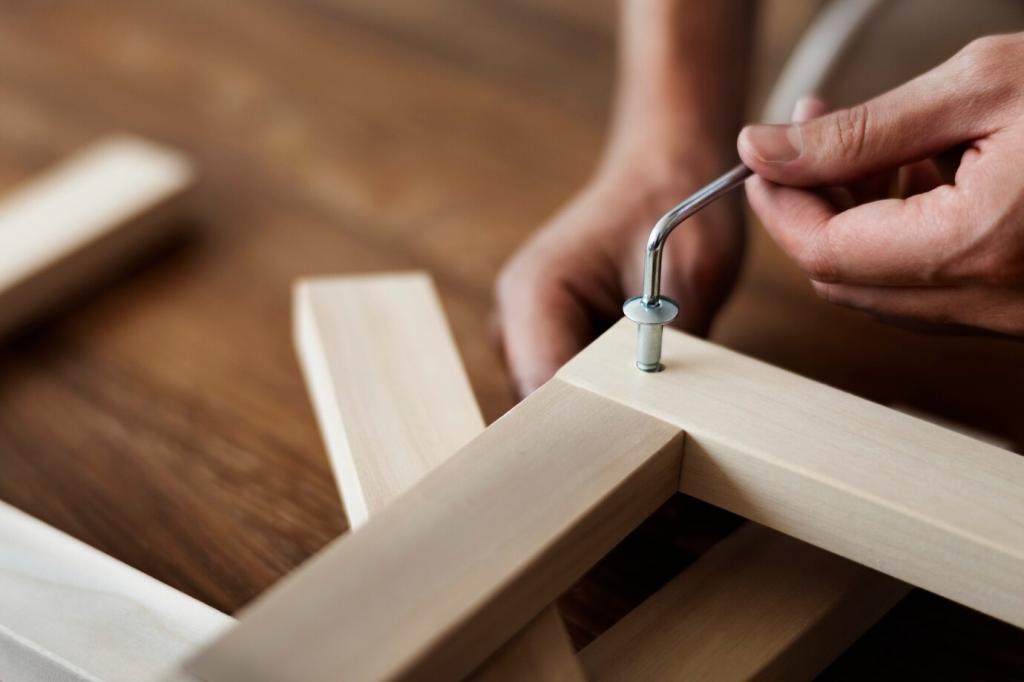Know Your Leather: The Foundation of Every DIY Decision
Full-grain leather showcases natural markings and ages into a rich patina, while top-grain is lightly sanded for a smoother look and easier upkeep. Knowing which you have guides how aggressively you clean, how often you condition, and how you repair scuffs or scratches at home.
Know Your Leather: The Foundation of Every DIY Decision
Aniline leathers are luxuriously soft but more stain-prone; semi-aniline adds protective dye and a subtle finish; pigmented leather has a durable coating. Each finish changes how cleaners behave, how moisture moves, and what to expect from DIY stain removal or touch-up color work.
Know Your Leather: The Foundation of Every DIY Decision
Always test any cleaner or conditioner on an inconspicuous spot for at least a minute, then reassess after it dries fully. Watch for darkening, stickiness, or surface haze. A quick test prevents surprises, especially with delicate aniline finishes that readily absorb even mild DIY formulas.

